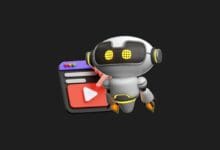What is Web 3.0? How Will Web 3.0 Change Our Lives?

The web has gone through different phases over the years, divided into three main stages: Web 1.0, Web 2.0, and Web 3.0.
What is Web 1.0?
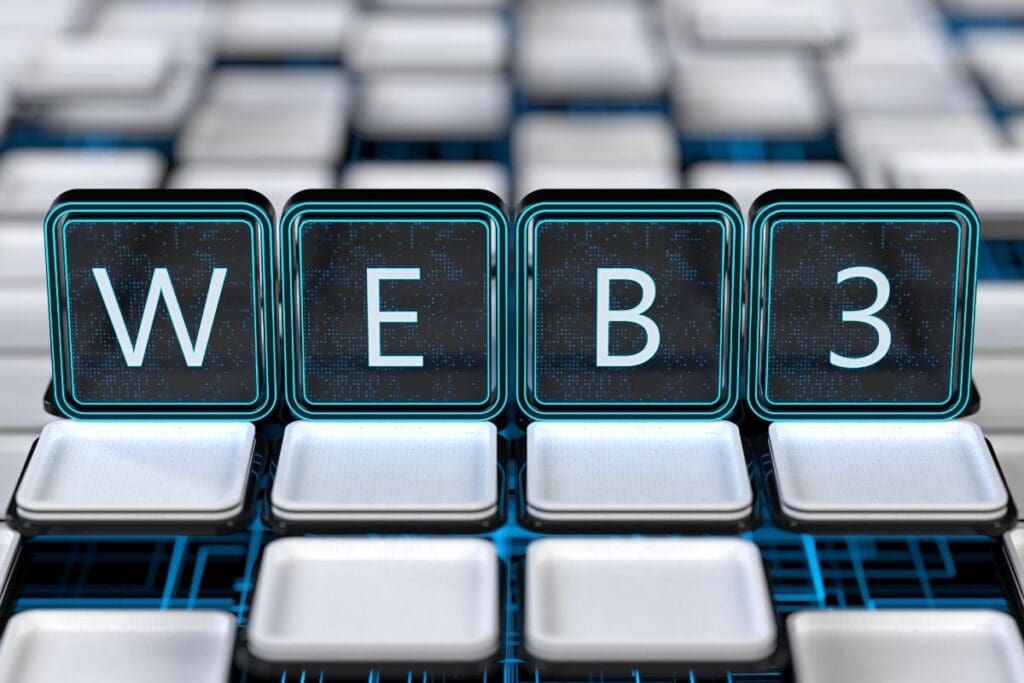
Web 1.0 is the first stage of the Web, developed by Tim Berners-Lee, a computer scientist at CERN. In 1990, the first WorldWideWeb.app, HTML, URL, and HTTP were created.
Web 1.0 consisted of sites that served static content rather than dynamic HTML. This phase lasted approximately from 1991 to 2004.
In Web 1.0, users only consumed content, while content creators were usually developers who uploaded text or images to websites.
What is Web 2.0?
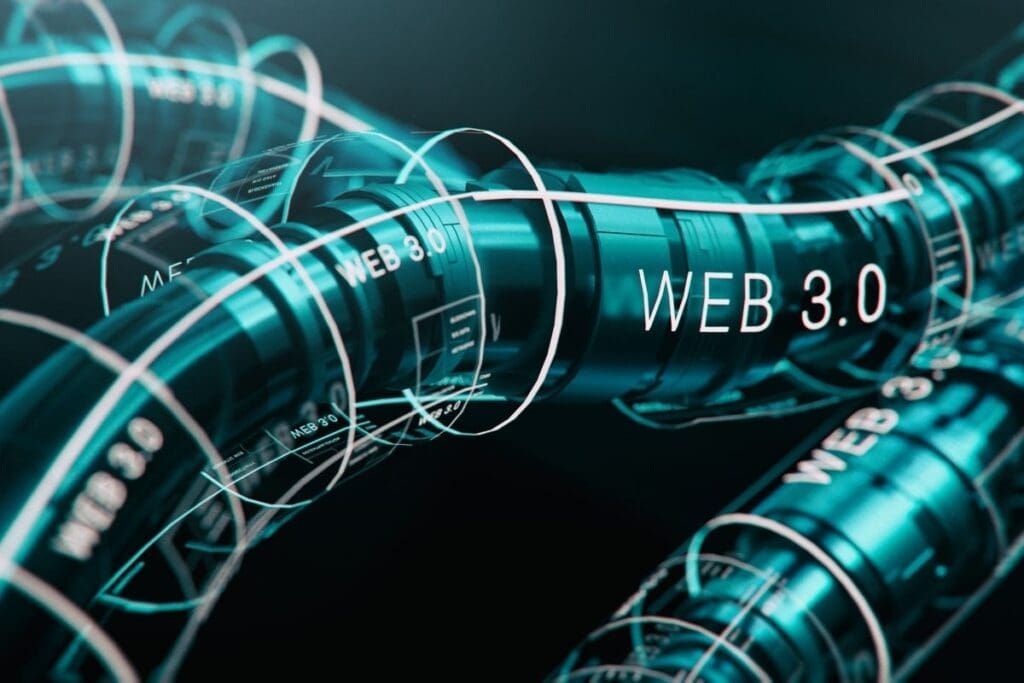
Web 2.0 represents the second and current generation of the World Wide Web. Often called the social web stage, it introduced interaction and user-generated content. Over the past 20 years, the non-interactive pages of Web 1.0 were replaced by the interactive and user-driven pages of Web 2.0.
In fact, Web 2.0 is the current state of the internet, where everyone can be a content producer. You can share content, thoughts, blogs, vlogs, or videos with the world. Also, user-generated content in Web 2.0 reaches millions of people around the world simultaneously.
What is Web 3.0?

Web 3.0 is the newest and third generation of the World Wide Web. Web 3.0, centered on decentralization, openness, and user utility, marks a new phase in the internet’s evolution. Known as Web 3, it is often described as the next step in the web’s development.
Web 3.0 aims to understand text, voice, or media inputs accurately, making consumed content personalized for users.
Predictions for Web 3.0 include:
- Blockchain technology will enable direct communication between users.
- Web 3.0 applications will be increasingly powered by blockchains, crypto assets, artificial intelligence, and metadata sources.
- User data will be protected through an open network of smart contracts stored on a blockchain.
- All transactions will be tracked on a distributed ledger, with centralized data distribution.
- Revenues from the metaverse will rise significantly.
- Blockchain technology will safeguard users’ PII (Personally Identifiable Information).
- Users will be able to mint NFTs instantly.
- With Web 3.0, users will have control over their data and can sell it, generating income. This data will come from various devices, including mobile phones and desktop computers.
Web 3.0 Features

- Web 3.0 uses the semantic web, which facilitates associations designed to help people and software reach mutual understanding. It allows users to produce, share, and connect with material through search and analysis.
- It leverages machine learning and artificial intelligence. With natural language processing technologies, Web 3.0 enables machines to communicate and behave similarly to humans. ChatGPT, a popular example, demonstrates this capability.
- It showcases how the Internet of Things (IoT) connects various devices and applications.
- Web 3.0 enables users to interact publicly or privately.
- It uses 3D graphics in computer games, virtual tours, and even e-commerce applications.
- Decentralization is a central feature.
- Information can be stored in multiple locations simultaneously using Web 3.0 technologies.
Web 3.0 Terms and Their Core Applications

Web 3.0 includes a variety of products and services:
- NFT: Non-Fungible Token (NFT) is a digital asset with unique value and no equivalent.
- DeFi: Decentralized Finance (DeFi) refers to financial structures independent of any central authority. It is commonly used on public blockchains like Ethereum.
- Cryptocurrency: Digital assets used as virtual currency without any physical form. Cryptocurrencies such as Bitcoin, Litecoin, and Ethereum have emerged with Web 3.0 applications.
- dApp: Short for decentralized applications. dApps operate on blockchain or P2P (peer-to-peer) networks.
Web 3.0 in Practice

Web 3.0 is already used in applications such as education, social networking, and messaging. For example, if you want to check which products are in your refrigerator at home, you can use an application on your smart device to view the items inside.
One example of Web 3.0 technology is Siri. With Apple’s Siri, you can quickly contact people, check the daily weather, and perform internet searches. Siri’s voice recognition software is a crucial component of Web 3.0. Other personal assistants like Siri also use voice recognition technology to communicate and share information.
Another Web 3.0 application is Steemit. Steemit is a social networking site built on blockchain technology, where content creators or bloggers are rewarded with cryptocurrencies for contributing content. This is a vivid example of how Web 3.0 platforms come to life.
Advantages of Web 3.0
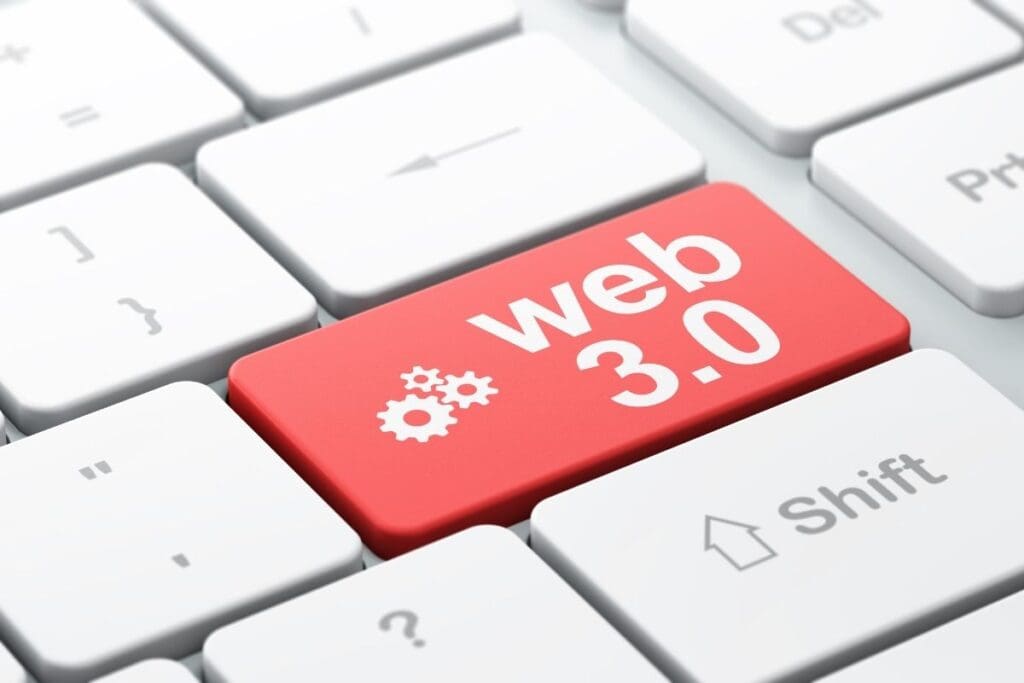
- Data security and data encryption are assured with Web 3.0 technology.
- Data can be accessed from any location and on any device.
- Data is stored on a backup server, ensuring access even if primary servers go down.
- Most blockchain systems are developed by non-profit organizations, creating a collaborative and developmental environment.
- Web 3.0 aids in problem-solving.
Disadvantages of Web 3.0

- As Web 3.0 becomes fully implemented, previous technologies may become obsolete.
- Web 3.0 is smarter and more efficient than previous technologies, though it is not fully ready for general use.
- Web 3.0 provides easier access to user information, making privacy more essential than ever.
Web 3.0 Layers

Web 3.0 consists of four primary layers:
- Edge Computing – A distributed IT architecture that brings computing resources closer to data sources from cloud applications and data centers. It enables real-time analysis and responses by processing, analyzing, and storing data close to where it’s generated.
- Decentralized Data Networks – In Web 3.0, users own their data as it is not controlled by a central hub.
- Artificial Intelligence and Machine Learning – AI and machine learning algorithms are making highly accurate predictions and continuously learning and improving.
- Blockchain – A database system composed of interconnected blocks.
How Will Web 3.0 Change Our Lives?
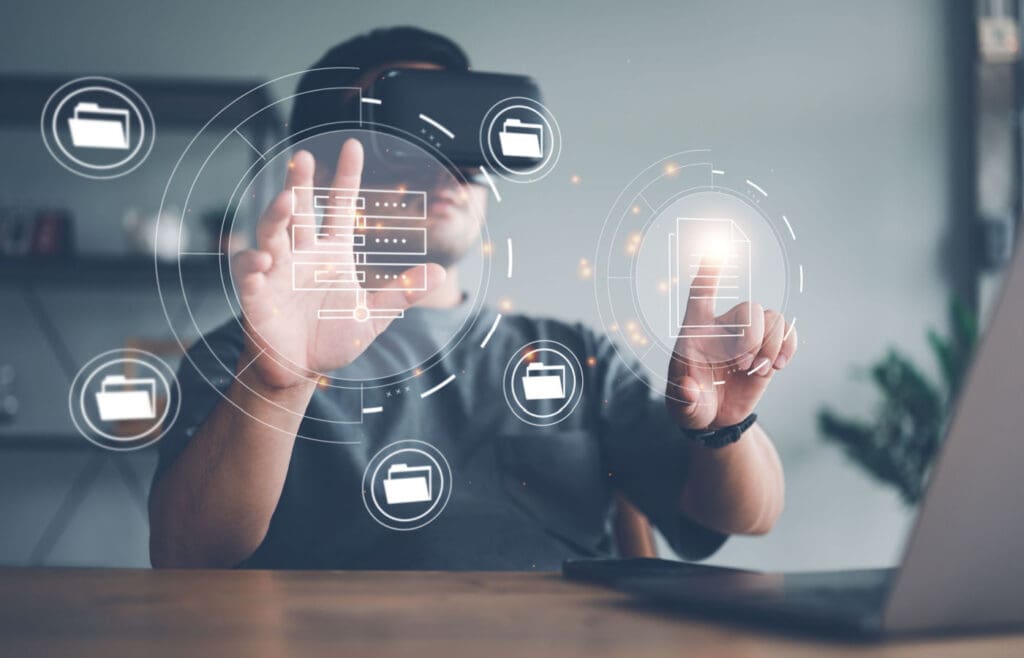
With Web 3.0, websites will automatically adapt to our device and location, providing much more personalized results. This means that users will experience a customized browsing process. For example, in terms of advertisements, users will see products or services that they genuinely need.
Web 3.0 will also transform our lives with its improved search capabilities, offering significant convenience for users. Additionally, with Web 3.0, users will encounter an advanced application interface that is both sophisticated and user-friendly, enhancing their overall experience.
Web 3.0 and the Metaverse

The Metaverse refers to a virtual environment that users can access via the internet. It is designed as an extended reality environment, combining augmented reality, virtual reality, and mixed reality.
Currently, people interact through social media platforms and messaging apps. With Web 3.0 technology and the Metaverse, users will be able to engage with others using their own digital avatars. This will allow users to experience the internet in 3D. Instead of passively viewing content, they can interact virtually as though living in reality.
In the future, Web 3.0 and the Metaverse will be integrated into all areas of society. Web 3.0 plays a critical role in making the Metaverse a reality.
You may also like this content
- Web3 Accelerated in October: Gaming, DeFi, and NFT Transaction Volume Surged
- YouTube’s ‘Gambling’ Update Triggers Crypto Concerns: What is Actually Changing?
- $10 Million Reward for White-Hat Web3 Hackers
Follow us on TWITTER (X) and be instantly informed about the latest developments…


